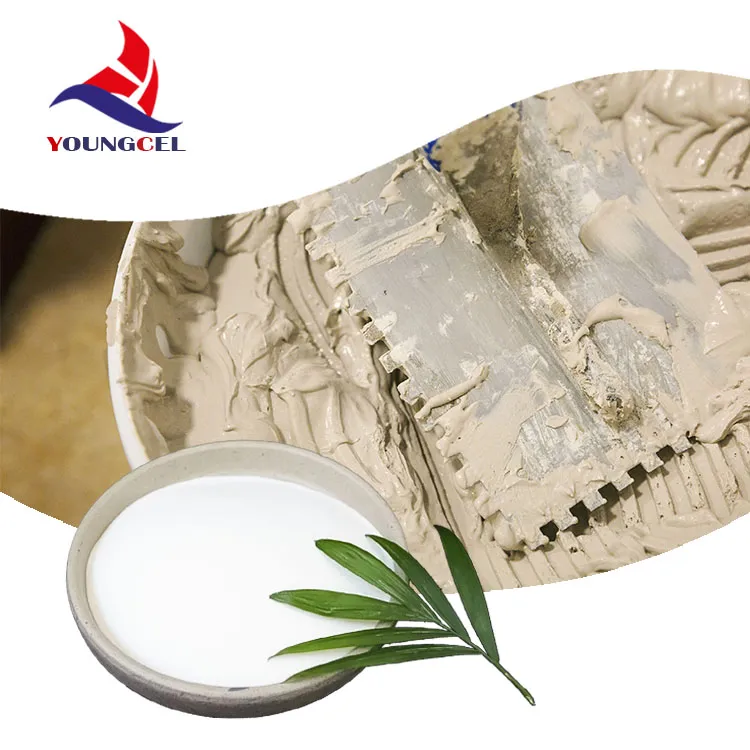Exploring Cellulose Polymer Nature’s Versatile Biopolymer
Cellulose, the most abundant organic polymer on Earth, serves as a fundamental structural component in the cell walls of green plants, algae, and some fungi. It is a polysaccharide composed of glucose units linked together by β(1→4) glycosidic bonds, which results in a linear and insoluble structure. This unique configuration not only provides rigidity to plant cells but also positions cellulose as a vital raw material in various industries, including textiles, pharmaceuticals, food, and biofuels.
The Structure and Properties of Cellulose
The cellulose molecule is characterized by its high molecular weight and crystalline structure. Each linear chain can form hydrogen bonds with adjacent chains, resulting in a robust network that imparts mechanical strength and stability. While cellulose itself is insoluble in water, its functional properties can be modified through various chemical and physical treatments to create derivatives with solubility and reactivity, leading to a wide array of applications.
One key property of cellulose is its biodegradability, which makes it an environmentally friendly alternative to synthetic polymers. As the global focus shifts towards sustainability, cellulose-based materials have garnered attention for their potential to reduce plastic waste. In addition to its biodegradability, cellulose exhibits biocompatibility, making it suitable for medical applications, such as wound dressings and drug delivery systems.
Applications of Cellulose Polymers
The versatility of cellulose extends across numerous sectors
1. Textiles Cellulose fibers, such as cotton and rayon, are widely used in the textile industry. Cotton, consisting almost entirely of cellulose, is prized for its comfort, breathability, and ability to absorb moisture. Rayon, made from regenerated cellulose, is favored for its silk-like feel and versatility.
2. Food Industry In the food sector, cellulose is utilized as a thickening agent, stabilizer, and texturizer. It is often added to processed foods to improve texture and prevent separation. Cellulose-derived ingredients, like microcrystalline cellulose, are also regarded as dietary fibers, promoting digestive health.
'cellulose polymer'

3. Pharmaceuticals Due to its non-toxic nature, cellulose finds application in the pharmaceutical industry as a binder, filler, and coating agent in tablets. Its ability to regulate the release of drugs makes cellulose derivatives such as hydroxypropyl methylcellulose (HPMC) essential in controlled-release formulations.
4. Bioplastics The movement towards sustainable materials has sparked interest in cellulose-based bioplastics. These materials are synthesized from cellulose and offer biodegradable options that can replace conventional petroleum-derived plastics, thus minimizing environmental impact.
5. Paper and Packaging The paper industry relies heavily on cellulose due to its strength and fiber content. Innovations in packaging, focusing on cellulose-based materials, aim to reduce plastic usage and enhance recyclability, aligning with circular economy principles.
Sustainable Future Innovations in Cellulose Research
Recent research has focused on innovative methods of cellulose extraction and modification, enabling the creation of novel materials with tailored properties. For instance, nanocellulose, derived from the controlled processing of cellulose fibers, exhibits remarkable strength-to-weight ratios and is being explored for use in aerogels, lightweight composites, and even electronics.
Moreover, advancements in biotechnology have paved the way for engineered microorganisms to convert agricultural waste into cellulose, promoting a circular economy where waste is repurposed. This initiative not only helps to manage organic waste but also provides a renewable source of cellulose for various applications.
Conclusion The Endless Potential of Cellulose Polymers
Cellulose polymers represent a bridge between nature and technology. As industries seek to adopt more sustainable practices, cellulose stands out as a renewable, biodegradable alternative to synthetic materials. Its remarkable properties and versatility make it an invaluable resource across multiple sectors. As research continues to uncover new applications and methods of utilizing this natural polymer, the potential for cellulose in creating a greener and more sustainable future is boundless.
In conclusion, cellulose is not just a simple biopolymer; it embodies the convergence of environmental responsibility and technological innovation, holding significance for generations to come. By understanding and harnessing its properties, we move towards a sustainable future built on the foundations of nature’s most abundant resource.
-
The Application and Significance of Construction RdpNewsMay.19,2025
-
Industrial Grade HpmcNewsMay.19,2025
-
Building Coating Adhesive Building Coating Adhesive HpmcNewsMay.19,2025
-
Application Of Hpmc For Detergent For Detergent In DetergentsNewsMay.19,2025
-
Application Of Hpmc Cellulose In Cement-Based MaterialsNewsMay.19,2025
-
Application Of High Quality Hpmc For Construction In The Field Of ConstructionNewsMay.19,2025




